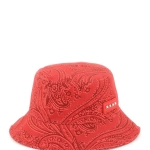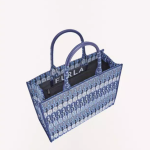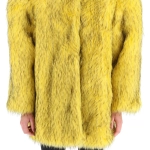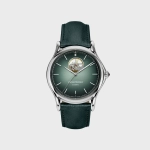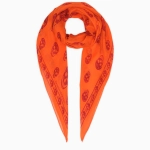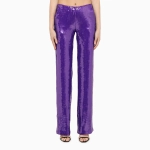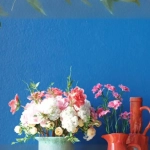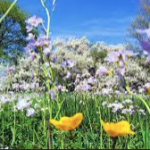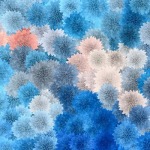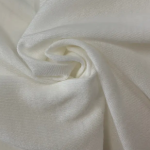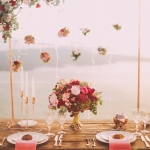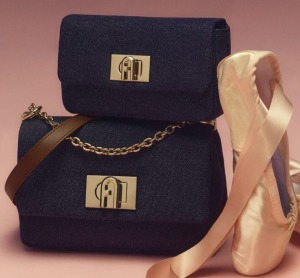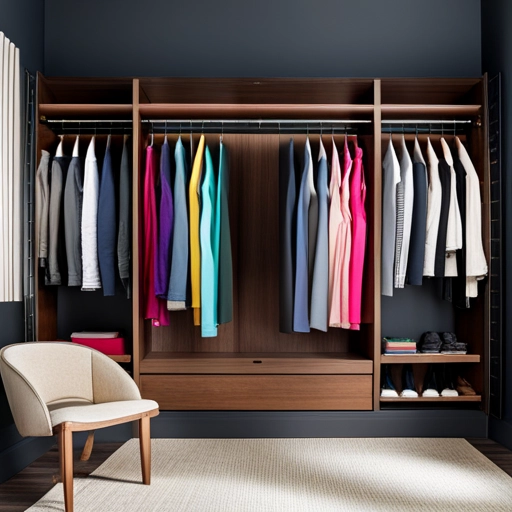
Colours match
Are you looking to enhance your wardrobe but need help pairing clothes and incorporating fun colours? Don’t worry! We are here to help you through the fashion colour wheel and give you tips on choosing colours that reflect your unique style. We understand that fashion can be overwhelming, but with our help, you can avoid fashion faux pas and quickly assemble stylish outfits that make you feel confident and put-together. Whether you’re looking to dress for a special occasion or want to revamp your everyday style, our team is here to help.
Perfect Colour Combination
The secret of colour combination in fashion styling lies in understanding the principles of colour theory and applying them creatively to achieve visually appealing and harmonious outfits. Colour is crucial in fashion, influencing mood, perception, and overall aesthetics.

Here are some key concepts to consider when combining colours
Color Wheel: The color wheel is a fundamental tool used in colour theory. It consists of primary colours (red, blue, and yellow), secondary colours (orange, green, and purple), and tertiary colours. Understanding the relationships between these colours can help you create pleasing combinations.
Complementary Colors: Complementary colours are opposite on the colour wheel (e.g., red and green, blue and orange, yellow and purple). When paired together, they create a vibrant contrast that enhances each other. Complementary colour combinations are often used to create bold and striking looks.
Analogous Colors: Analogous colours are located next to each other on the colour wheel (e.g., red, orange, and yellow or blue, green, and yellow). They create a harmonious and cohesive look that feels balanced and calming.
Colour
Matching the ambience
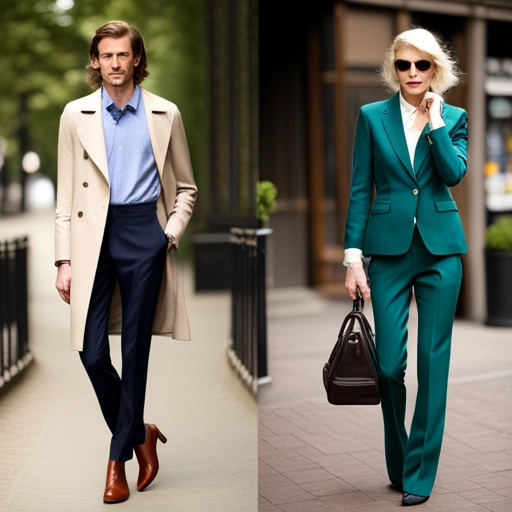
Understanding Undertones: When working with colours in clothing, consider the undertones of each colour. Some colours have warm undertones (yellow, orange, red), while others have cool undertones (blue, green, purple). Mixing warm and cool undertones can create unique and visually exciting looks.
Colour Proportions: Consider the proportions of each colour in your outfit. Too much of a bold colour might overwhelm the overall look, while using pops of colour can add interest and focal points.
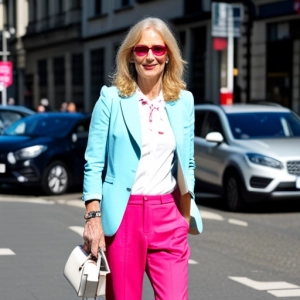
Monochromatic Colors: Monochromatic colour schemes involve using different shades and tints of the same colour. This creates a sophisticated and elegant look while maintaining a sense of unity.
Triadic Colors: Triadic colour schemes involve selecting three evenly spaced colours on the colour wheel. This combination creates a visually balanced and dynamic outfit.
Split Complementary Colors: This scheme combines a base colour with the two colours adjacent to its complementary colour. It offers a balanced yet slightly less intense contrast than the complementary colour scheme.
Neutral Colors: Neutral colours like black, white, grey, brown, and beige form a foundation for many outfits. They can be paired with almost any other colour, making them versatile and essential in fashion styling.
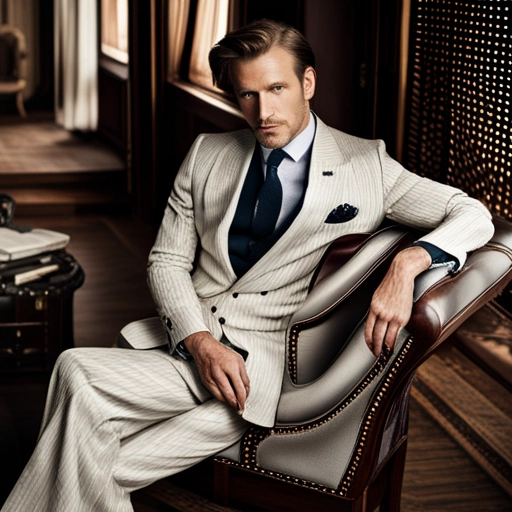
Texture and Fabric
Different textures and fabrics can affect how colours appear in an outfit. Shiny fabrics reflect light and may appear more vibrant, while matte materials can tone down the intensity of a colour.
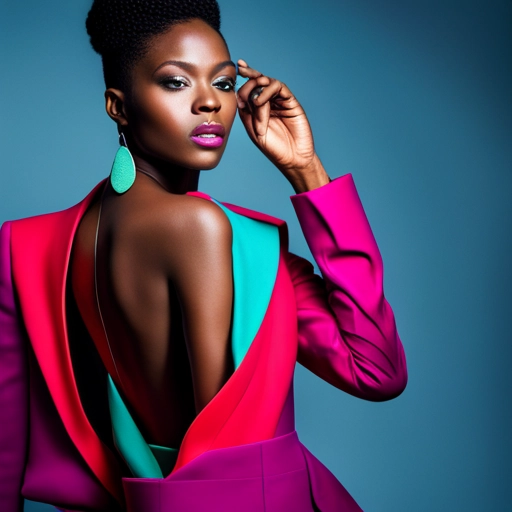
Seasonal and Occasional Considerations
Certain colours are often associated with specific seasons or occasions. For instance, pastel colours are popular in spring, while darker, richer tones are typical for autumn and winter.

